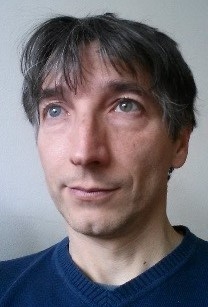Abstract
The operation of particle accelerators requires a variety of beam diagnostic tools. In this tutorial we focus on beam monitors based on non-intercepting Electro-Magnetic (EM) detectors. They sense the beam via interaction with the EM fields generated by the beam of charged particles, to extract valuable beam properties like the beam intensity, beam position, and longitudinal beam shape. From these measurements a variety of accelerator and beam parameters can be derived. These measurement devices are crucial for accelerator operation, allowing the detection of beam instabilities and helping the trouble-shooting of faulty or incorrectly set accelerator components.
After a short introduction of CERN and a few basics on particle accelerators, the operating principles of some fundamental beam detectors are introduced along with results of EM simulations and beam measurements, complimented with RF bench measurement techniques.
Different acquisitions architectures are discussed, with modern systems following the trend in the electronics industry to locate the ADCs close to the signal source. However, accelerator instrumentation is often bound by additional constraints, such as the need to demonstrate a high tolerance to ionizing radiation, which can impose the use of custom DAQ solutions.
Presenter Bio
Michele Bozzolan
CERN, Beam Instrumentation Group

Michele Bozzolan received a master degree in Electronic engineering from University of Padova (Italy) in 1998. His master’s thesis was on the degradation of the parameters of MESFETs used for satellite communication at microwave frequencies.
He worked for several years in R&D departments of telecommunication and industrial controls companies, where he gained experience in different fields, such as RF and microwave, digital and analogue circuit design, DSP, coding and modulation theory, and also software development.
Since July 2014 he joined the beam instrumentation group at CERN where he is responsible for beam position monitor devices in LINAC2, LINAC4, LEIR and PS-BOOSTER accelerators.


